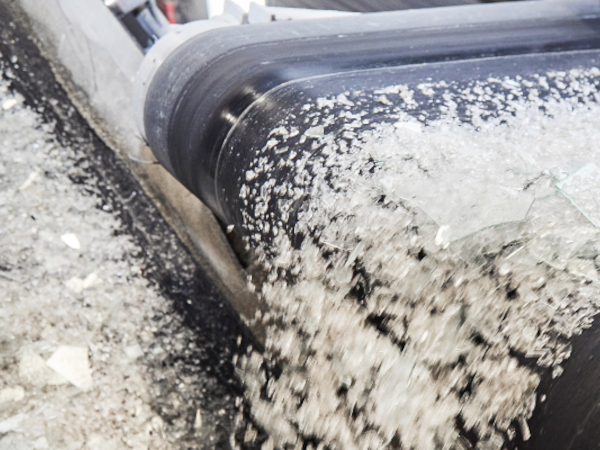Date: 20 February 2015
That is one of the key findings in a recent historical retrospective of the window industry’s evolution in Architect Magazine.
From drafty single-pane glass to windows incorporating triple-pane Low-E insulation, sun-optimizing technologies like SageGlass’ electrochromic coatings, and even thin-film photovoltaics, windows have Window evolved to meet increasingly stringent energy-efficiency goals to counter climate change and our fossil-fuel dependencies.
Author Jenny Jones writes:
When the skyscraper wars erupted in Chicago and New York in the 1920s and ’30s, architects began to consider how sunlight and solar heat gain through the towers’ extensive windows would affect occupant comfort. Thus, a revolution in glazing technology was ignited. Project teams began replacing leaky single-glazed windows with then-innovative double-glazed insulated glass units (IGUs) and incorporating iron-rich glass, with its signature green tint, to reduce solar heat gain for indoor climate control.
Click here to read about how this evolution unfolded.














Add new comment